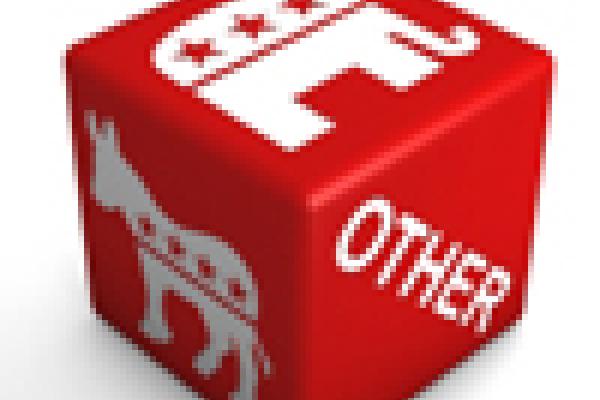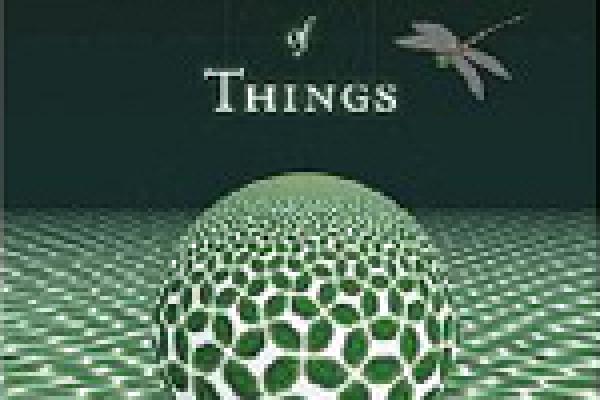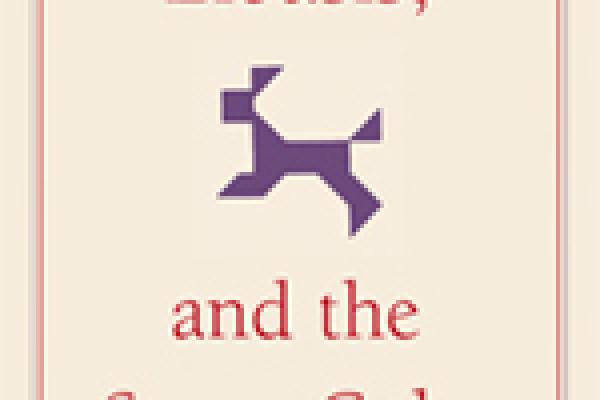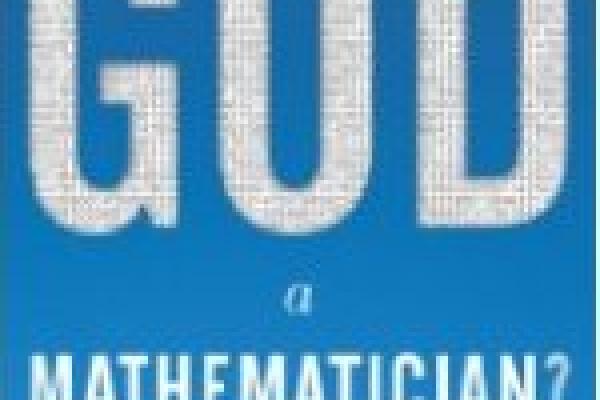Article

Understanding uncertainty: What was the probability of Obama winning?
This may seem like an odd question — after all, he’s won — but it opens up some deep philosophical issues surrounding probability. David Spiegelhalter investigates how probability can be defined.






